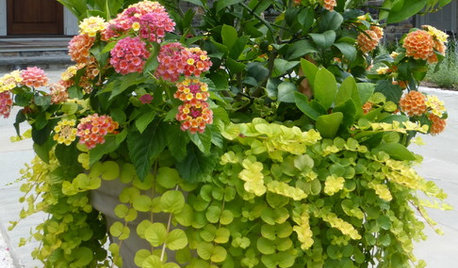I was surprised to see little baby spurge and goosegrass still sprouting this late in the summer. I mean it's almost fall. Maybe the extra rain we're now getting is helping them. I saw baby spurge weeds sprouting through thatch in my neighbor's front yard yesterday. It's the thatch from his dead annual/perennial ryegrass he planted during the spring from his bag of "Canada Green" seed. My neighbor made the mistake of buying that particular company's seed twice. Whole lotta annual rye in those bags and very little bluegrass. But I convinced him recently to stop ordering Canada Green from the internet.
New young crabgrass plants seem to have finally stopped sprouting, but the existing crabgrass plants are still producing seedheads--just look in my neighbor's backyard--it's almost all crabgrass this year. Of course, like his all-henbit yard disappeared in late spring/early summer, his all-crabgrass yard will soon disappear in late summer/early fall.
Crabgrass, goosegrass, and spurge are big weeds around here. Luckily the goosegrass and spurge are easy to pull out, but of course, it gets less easy when there's lots of little goosegrass(es) to pull out. Of the 3 weeds, crabgrass sprouts first in the spring, followed 2 or 3 weeks later by goosegrass. Then after that, comes the spurge, or so that's the timeframe given by the Scotts Lawns book.








ZoysiaSodOriginal Author
Related Professionals
Comstock Park Landscape Architects & Landscape Designers · Harrison Landscape Architects & Landscape Designers · Signal Hill Landscape Architects & Landscape Designers · Arlington Landscape Contractors · Beachwood Landscape Contractors · Canby Landscape Contractors · Cockeysville Landscape Contractors · Huntington Landscape Contractors · Indio Landscape Contractors · La Mirada Landscape Contractors · Lewisville Landscape Contractors · West Covina Landscape Contractors · Vadnais Heights Landscape Contractors · Los Alamitos Swimming Pool Builders · Summerlin South Swimming Pool Builders